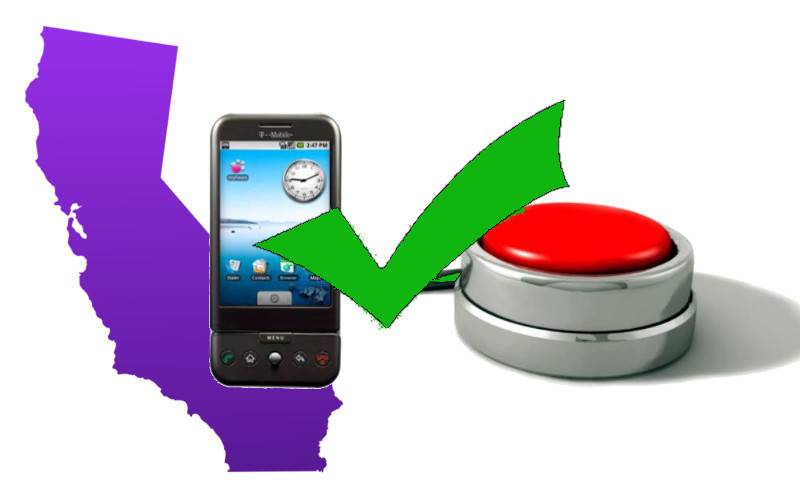
The once contentious “kill switch” feature, previously blocked and now accepted by the mobile industry, has finally been signed into law, at least in California. But given the practical implications of this new legal mandate, suffice it to say that we would most likely see this anti-theft feature implemented equally across the country, whether or not other states legally require it.
The ability to remotely wipe and lock down a smartphone via some security service is nothing new, at least not recently. Android has had this for quite some time now via the Android Device Manager. iPhones, too, have their Find My iPhone feature. The CTIA Wireless Association, mostly made up of mobile carriers, once disapproved of this method, preferring to simply have a database of stolen devices as a deterrent to theft. Finally, however, they caved in and announced a voluntary commitment to let users install such features. The commitment has already been signed by major carriers and manufacturers, making it practically enforcing.
The difference between these features and California’s new law is one of subtle implementation. While those previously mentioned left the decision up to carriers, manufacturers, and users, California will soon require these kill switches by default. Or to be exact, it will require devices to prompt users to enable the feature during initial setup of the device instead of burying it under dozens of settings. Users of course have the freedom to not enable it (or disable it if it is enabled by default) but should be informed of the potential consequences of that decision. Considering that OEMs, carriers, or other retailers are unlikely to have a special California-only edition, this implementation is as good as nationwide.
The law, however, isn’t overarching. For one, it doesn’t cover smartphones launched before January 1, 2015 that cannot be modified to support the feature, though that set is probably few and far in between. It also doesn’t cover devices that are just being resold in the state of California in secondhand markets. And lastly, perhaps more worryingly, it doesn’t cover tablets. At least not yet. The law goes into effect July 1, 2015 and the penalty for violating it ranges from $500 to $2,500. That’s per smartphone sold.
SOURCE: State of California (PDF)
VIA: SlashGear










Whoa the G1.